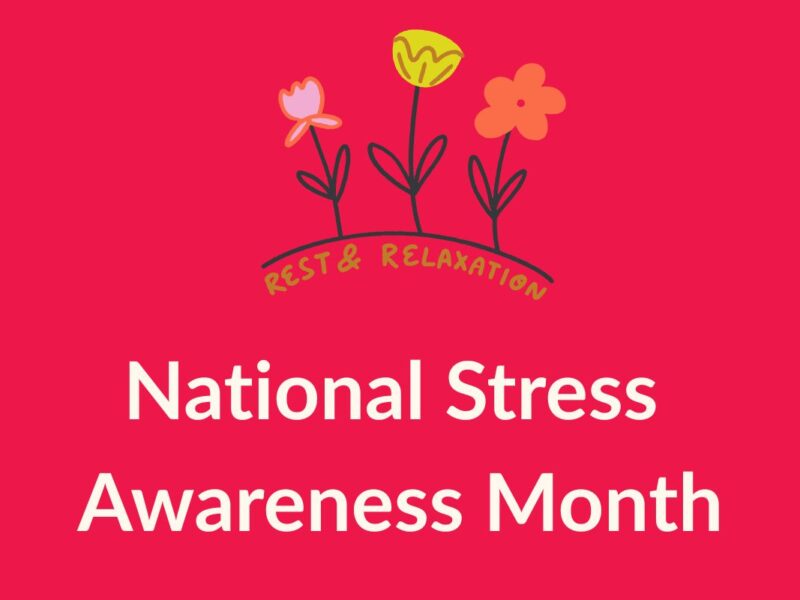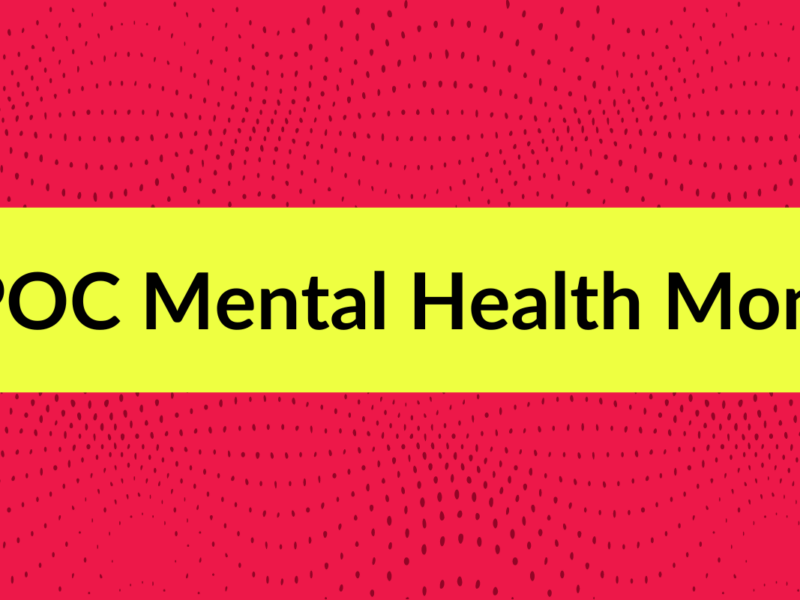How Parents and Teachers Can Support Young People During the COVID19 Mental Health Crisis
Introduction: What’s Happening?
At this point, most of us are intimately familiar with the mental health (MH) impacts of the COVID19-era. A worldwide collective trauma, the pandemic has presented a number of psychological challenges in everyone’s day-to-day lives. Whether this is the exhaustion of constant Zoom meetings for youth and adults alike, parents or caregivers assuming responsibility for their children’s education, unemployment, sickness and/or death of loved ones—no one’s mental wellbeing remains untouched by this difficult time.
It’s in the data:
Young people in particular have been significantly impacted by the COVID19 crisis and lockdown. Specifically, overdoses, suicide attempts, and eating disorder admissions have skyrocketed throughout the pandemic. Suicide is already the second leading cause of death for youth between the ages of 10-24, and in early 2021, children’s hospitals across the country saw a 45 percent increase in self-injury and suicide cases in 5-17 year olds. Children who experienced lockdown were five times more likely to require MH services and report higher levels of posttraumatic stress. The NHS saw an increase of almost 50% in eating disorder referrals for youth under 18 just in 2020, and these are only the cases in which resources were sought out. An eating disorder helpline experienced a staggering 173% rise in calls from February 2020 to January 2021 indicating that stats based on clinical documentation alone are probably underestimating the full impact of COVID19 on eating disorders.
You can probably guess, but here’s why it’s happening.
Some of the causes of the exponential increase in child MH cases are rather obvious. Throughout the pandemic, youth have faced a number of challenges: social isolation and loneliness, food insecurity, exacerbated family conflict, disruption of daily habits, greater difficulty accessing healthcare, and more.
Young people are facing grief of all kinds. Many have lost loved ones or important milestones like graduation and prom. All have experienced isolation during incredibly important years for social-emotional development. Not only have these opportunities for engagement and personal growth disappeared, they’ve been replaced by collective trauma during what are ostensibly the most formative years of their lives.
What you can do to support…
Be mindful of how the after-effects of trauma can show up at home and in the classroom. Common signs can include:
- Forgetfulness
- Negative self-talk
- Oppositional behaviors
- Difficulty engaging in class/social settings
- Social challenges
Ways to support students exhibiting these behaviors can include modeling and encouraging healthy emotional behaviors. These might include:
- Identification and acknowledgement of emotions;
- Positive attention (e.g., praise for self and others for desired behaviors);
- Breaking down large tasks into smaller manageable steps;
- Implementing predictable new routines.
These actions can also help with newfound symptoms of depression (e.g., decreased motivation, lack of interest in previously enjoyable activities, disturbance to eating or sleeping patterns, etc.) and/or anxiety (e.g., avoidance of stressful situations, disturbance to eating or sleeping patterns, irritability, constant worrying, difficulty concentrating, etc.). For more resources to support the young people in your life post-Covid, see Active Minds’ “Life at Your Pace Hub” and/or The Jed Foundation’s tips for “I want to help my teen/young adult”.
Big Systemic Changes: Effecting change that will actually improve MH outcomes starts with small steps at the local level. Community advocacy is one of the best ways to support new policies and programs. Advocating for an emphasis on child wellbeing in local school re-entry programs can create more supportive environments for reintegration. This focus on wellbeing includes advocating for:
- Greater flexibility in attendance and deadlines;
- Implementation of MH training for educators;
- Increased funding for MH professionals on staff.
In Conclusion
Mental health greatly impacts youth, girls and young women especially, and their ability to lead healthy, fulfilling, and meaningful lives. Although most mental health issues are treatable, many students do not have adequate access to MH services. Educators are uniquely positioned to identify young people who are struggling with MH challenges. However, schools often do not have the resources to employ dedicated MH professionals and educators do not know how to identify, refer, and support students who need help. Students with unaddressed mental health problems may be punished for disruptive behaviors, withdraw from classes or activities, and/or lose access to critical development opportunities. These challenges can be isolating, due to the stigma around mental illness and seeking treatment. Whether you’re a teacher, parent, advocate, or all of the above, educating yourself on the mental health crisis and how you can support today’s youth is more crucial than ever.
Learn more about how you can support youth by understanding trauma and toxic stress.
Stay connected with Girls Inc.’s mental health advocacy efforts and how you can get involved.
About the Author:
Cecilia Rabayda is the Mental Health Policy Fellow at Girls Inc. Her research centers around mental health programming in schools – specifically, investigating the content of mental health trainings for educators. The aim of her project is to assess these trainings for inclusion of comprehensive, medically accurate, and culturally-informed content on eating disorders.
1Suicide (National Institute of Mental Health, 2021).https://www.nimh.nih.gov/health/statistics/suicide
2N. (2021, October 19). AAP, AACAP, CHA declare national emergency in children’s mental health American Academy of Pediatrics.https://publications.aap.org/aapnews/news/17718?autologincheck=redirected


